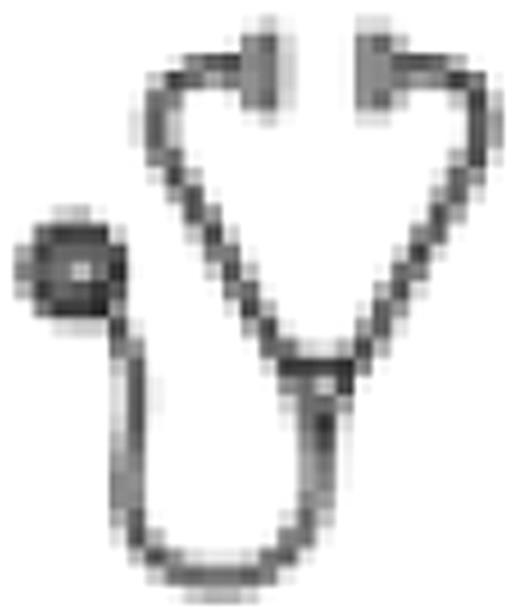Abstract
Abstract 903
High-dose chemotherapy (HDC) with autologous stem cell transplant (ASCT) is a standard component of therapy for some patients with hematologic malignancies, particularly those with relapsed or refractory lymphoma. No high-dose chemotherapy regimen has been shown to be superior to another, and thus regimens are chosen based on institutional standards and toxicity profiles. Pneumonitis is a recognized complication of HDC regimens containing BCNU. There has not been a large study of uniformly-treated lymphoma patients to define the incidence and risk factors for developing pneumonitis in the modern era.
We retrospectively examined the medical records of patients who were treated with HDC-ASCT at the Dana-Farber Cancer Institute and Massachusetts General Hospital Cancer Center from 2007–2009 using a regimen containing cyclophosphamide 750 mg/m2 Q12h x4d, BCNU 112.5 mg/m2 daily x4d, and VP-16 (etoposide) 200 mg/m2 Q12h x4d (CBV). Overall (OS) and progression-free survival (PFS), and the incidence of pneumonitis were determined. Univariable and multivariable analyses were performed for characteristics likely to be associated with an increased risk of pneumonitis, which was defined based on a combination of clinical, laboratory, and radiographic factors, with or without bronchoscopy.
222 patients were analyzed. The age range was 21–77 (median 54). 61% were male. 71% had non-Hodgkin lymphoma and 29% had Hodgkin lymphoma. The median number of prior chemotherapy regimens was 2; 65% of patients had received prior rituximab, 31% prior bleomycin, and 12% prior gemcitabine. 71% had disease involvement of the mediastinum, and 11% had received prior mediastinal radiation therapy. 43% were past or present smokers. The median follow-up among all living patients was 12 months. The total cumulative incidence of pneumonitis was 22% (49 patients), with 41 patients (19%) receiving corticosteroid treatment, and 18 patients (8%) requiring inpatient hospitalization for pneumonitis. The time range to development of pneumonitis was 26–199 days post-transplant, with a median of 50 days. There were four treatment-related deaths (1.8%): three related to pneumonitis and one related to veno-occlusive disease. On univariable analysis, age, diagnosis of Hodgkin lymphoma, prior mediastinal radiation, prior bleomycin, total BCNU dose delivered, and lack of complete remission status at the time of ASCT were associated with the development of pneumonitis. Gender, body mass index, history of smoking, mediastinal disease involvement, prior rituximab, prior gemcitabine, and pretransplant pulmonary function testing were not found to be statistically significantly different between patients with and without pneumonitis. Stepwise multivariable logistic regression analysis, excluding 31 patients without pneumonitis who had death, relapse, or censoring in the first four months post-transplant, revealed the following variables as independently associated with development of pneumonitis: prior mediastinal radiation (odds ratio 6.5, 95% CI 2.2–18.9, P=0.0005), total BCNU dose above 1000 mg (OR 3.4, 95% CI 1.3–8.7, P=0.012), and age less than 54 (OR 3.0, 95% CI 1.4–6.5, P=0.0037). One year overall survival was 92%, and progression-free survival was 71%. There were no variables, including pneumonitis, associated with PFS on multivariable analysis. Only lack of complete or partial disease response prior to ASCT was associated with inferior OS on multivariable Cox regression modeling (hazard ratio 0.2, 95% CI 0.05–0.72, P=0.01).
Pneumonitis is relatively common after HDC-ASCT using CBV conditioning. Increased vigilance for symptoms of pneumonitis is warranted for patients with prior mediastinal radiation and for younger patients. Our data suggests an increased risk with total BCNU dose above 1000 mg, suggesting a possible threshold toxicity effect. Empiric dose reduction may be considered for patients who would receive greater than 1000 mg of BCNU, particularly if they are also younger and/or have had prior mediastinal radiation.
No relevant conflicts of interest to declare.

This icon denotes an abstract that is clinically relevant.
Author notes
Asterisk with author names denotes non-ASH members.

This feature is available to Subscribers Only
Sign In or Create an Account Close Modal